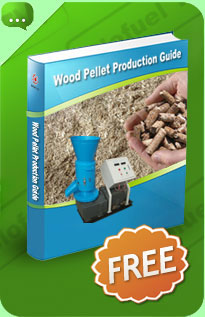Pellet Mills
Pellet mills
The whole process of pelletizing contains forcing a soft feed through holes in a metal die plate to create compressed pellets that are then cut to a pre-determined size. The machinery which has been developed for this specific purpose is now very diverse in design and there is much debate between different equipment manufacturers as to which type is considered the most effective. Pelletizing is essential to the production of top quality nutritional feeds as they guarantee that the feed formulation is in the correct quantities for all that eat them. Each bite of a pellet will have exactly the same designed formulation ensuring all the stocks are feed as planned.
Most pellet mills now have one or more conditioning units mounted above them where liquids like water and molasses can be added to improve the quality of pellets. The water is usually added in the form of steam which softens the feed and partially gelatinises the starch content of the ingredients, resulting in firmer (and for feed more water stable) pellets.
From the conditioner, the feed falls into the centre of the pellet mills. In the pellet mills two or more rollers and feed ploughs push the material through the holes of the die plate
Usually the die plate itself rotates, and on its outer-side stationary knives cut the pellets to a pre-set length. From there, they are transferred to a cooler/drier to get rid of the heat which is generated during the pelletizing process or is often added during steam conditioning. The moisture content of the pellets also needs to be reduced for proper storage.
Pelletizing and the efficient operation of pellet mills are specialized subjects on which many books have been written. All makers of pelletizing equipment provide instruction in their use and some organize training courses in this and related topics.
Die hole sizes usually vary from 1.5 mm up to 9.5 mm. The thickness of the die plate allows you determine the compactness and stability of the pellet. Pellet dies can be up to about 90 mm thick.

